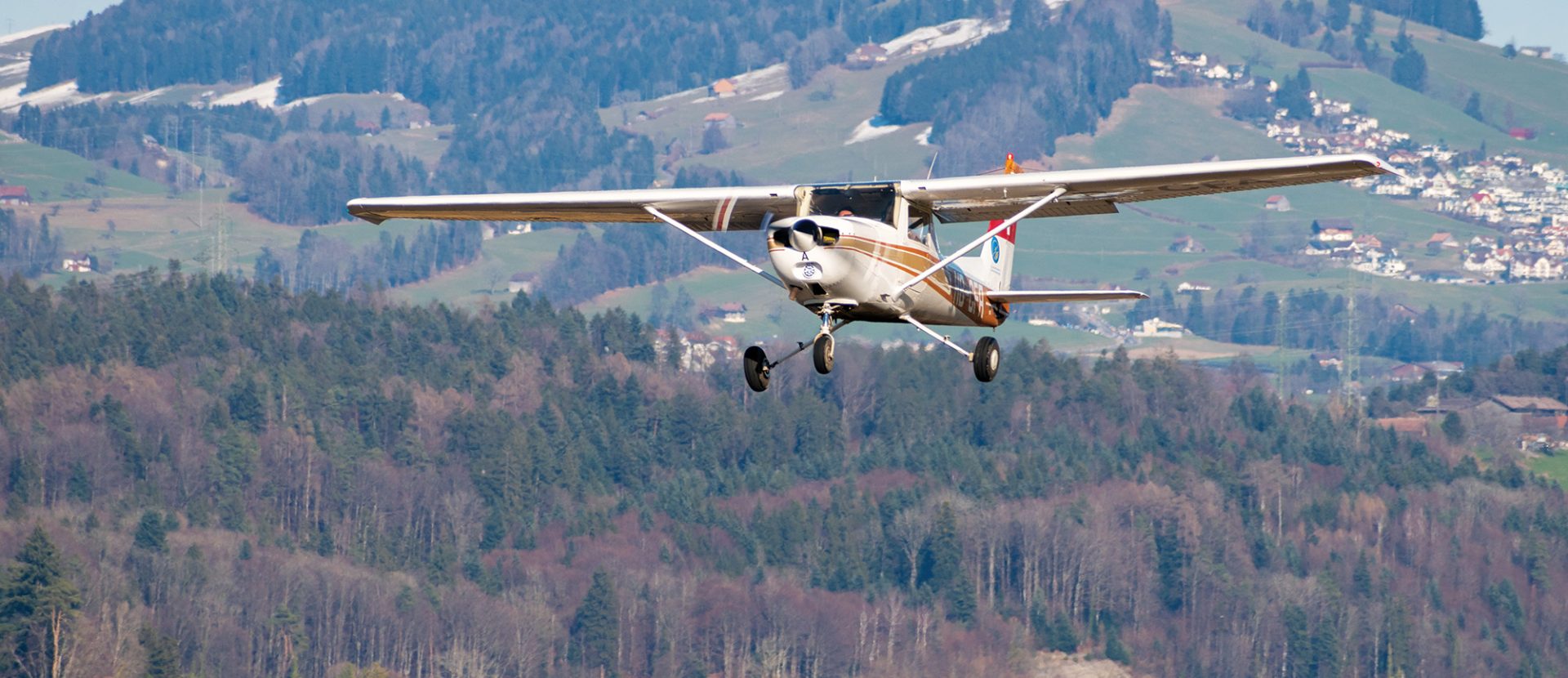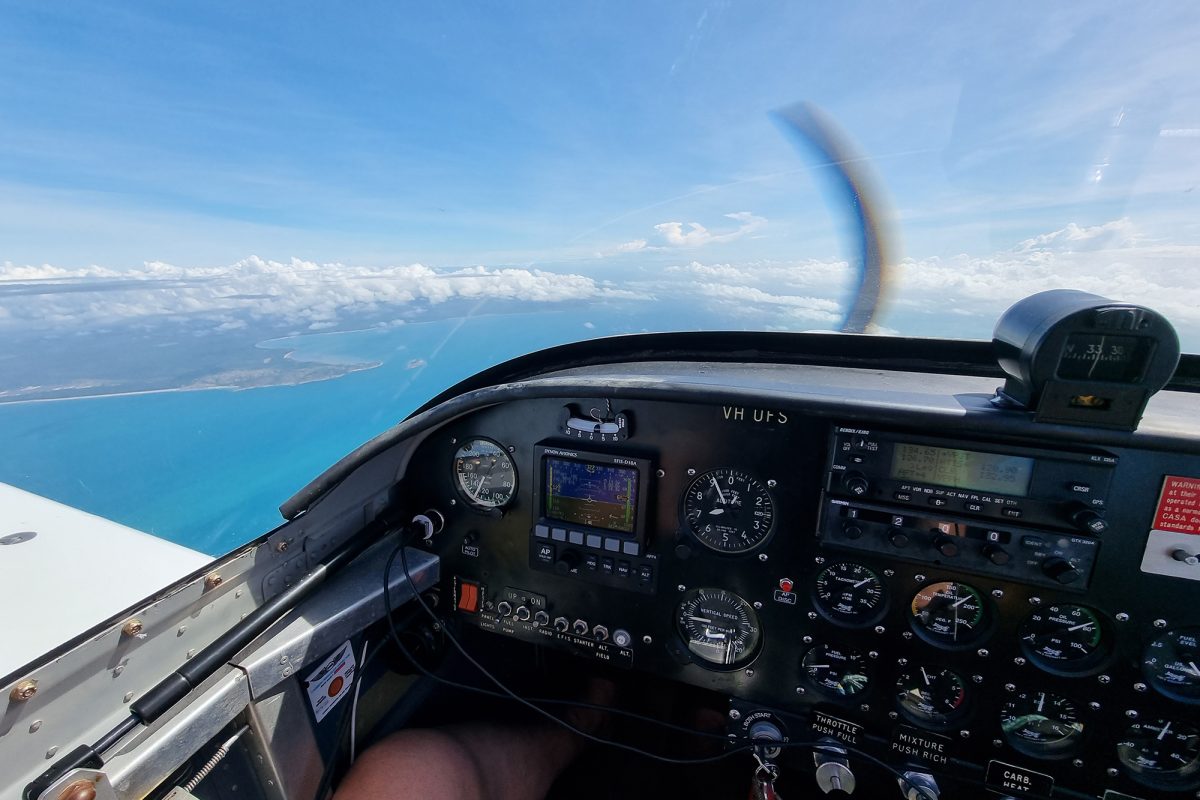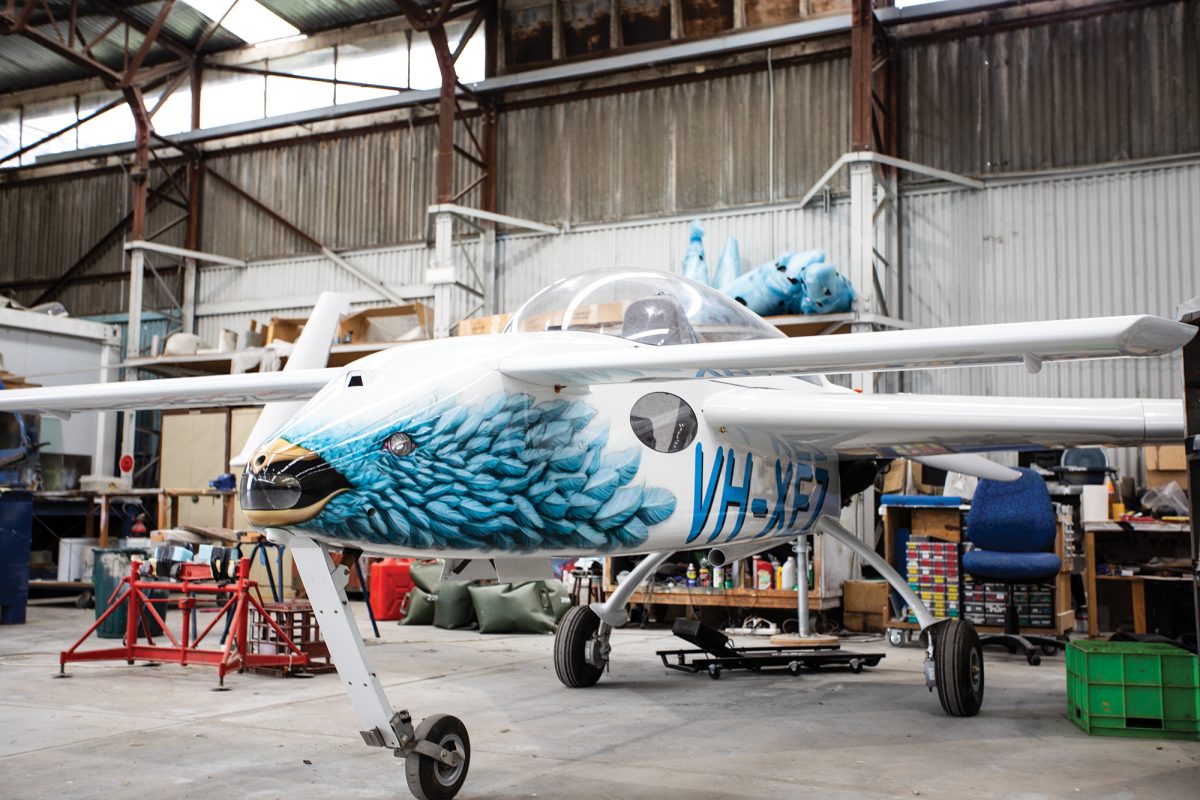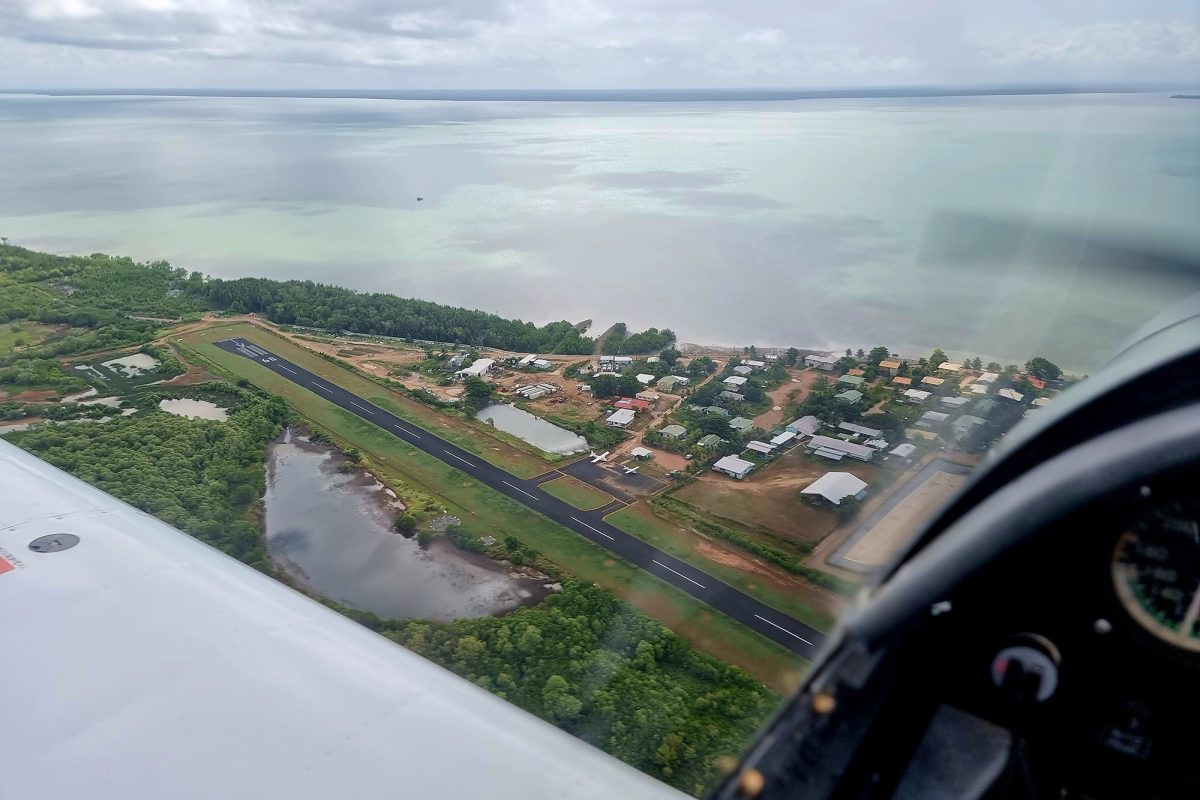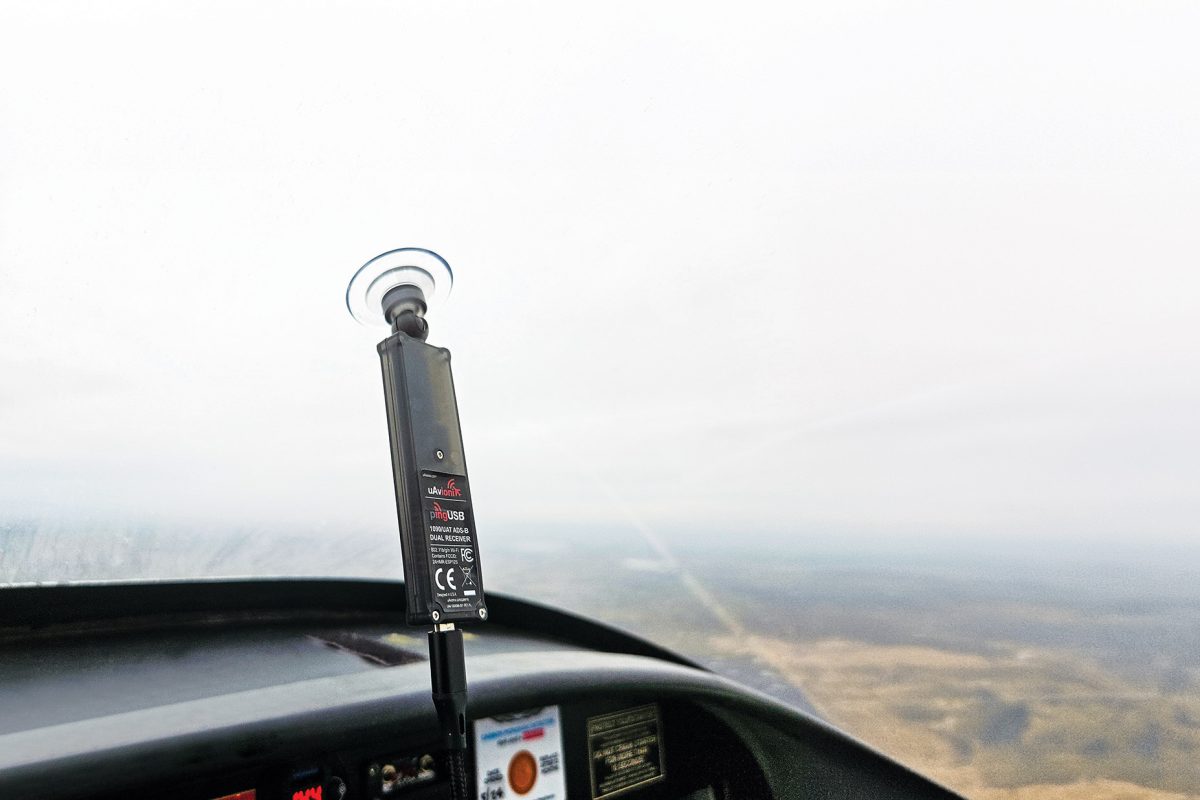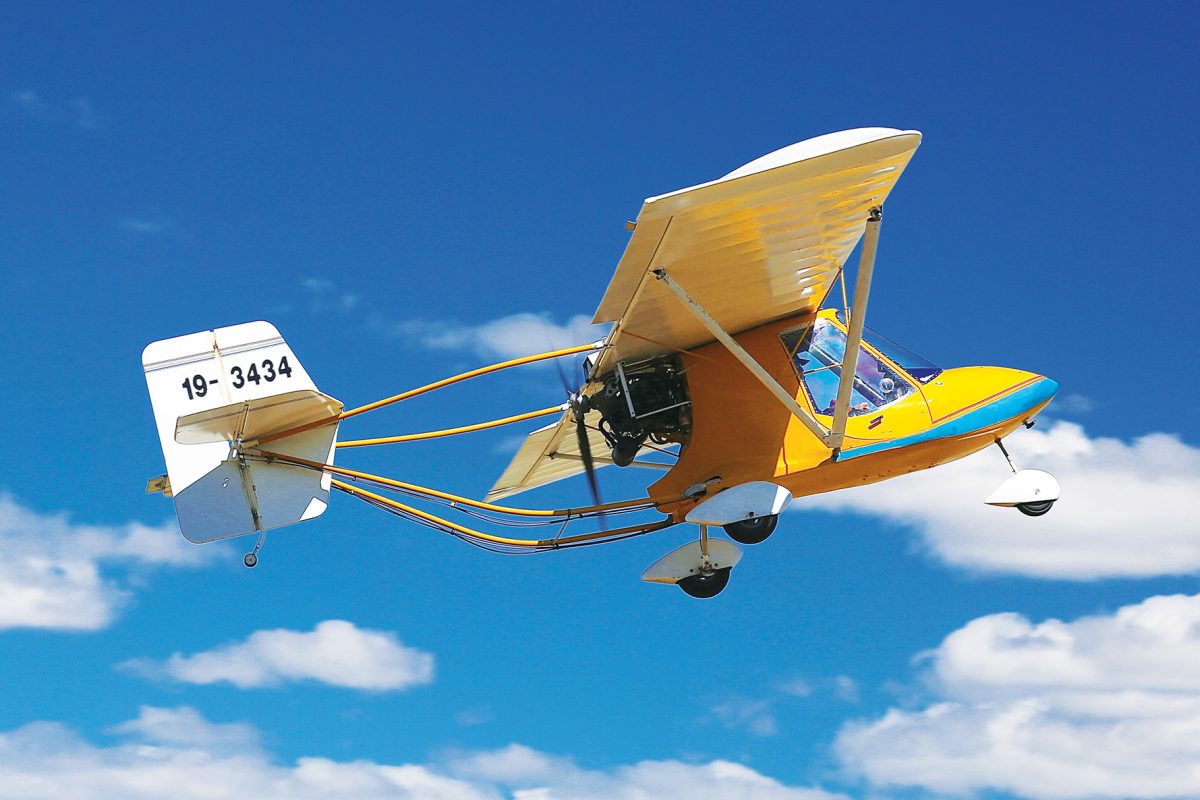As the saying goes, “I think I see the light at the end of the tunnel” — this time it’s not an oncoming train, but the imminent launch of operations with Lightweight Aeroplanes, or Group G, as we have come to know it. So, what does this mean for you, the pilot and what training will you need to successfully transition to a Lightweight Aeroplane?
One hundred and sixty kilograms might not seem that much of an increase, but add that to your compact car or motorbike and see how you go. Trust me, despite the opposite of weight being lift — there’s only so much lift your wing can produce.
Before we dive down into skills and competency to operate with increased weight, let’s talk about primacy and human factors for a moment. For pilots who don’t already alternate between a range of aircraft of differing performance and weights, we have gotten used to the luxury of exceptional power to weight flying at relatively low wing loadings. Performance, weight and balance, air density and runway distance available were just swear words that we saw in an exam many years back, but in our ultralight aircraft were hardly an issue. This is where expectation bias, normalisation of deviance and invulnerability will all get the chance to influence our aeronautical decision-making.
Fly-ins to short, obstacle-ridden and sometimes soft strips for a coffee or breakfast were just part of the fun and seldom if ever a challenge. So, our mindset has been cast. All our knowledge, application and interpretation are based on a simple performance paradigm, and we’ve probably done it a thousand times before.
One hundred and sixty kilos, let’s just call it 25% more weight. The effect of these numbers is not linear for all phases of flight, that 25% roughly equates to a 45% increase in take-off distance required, roughly 20% decrease in acceleration rates and 12% increase in take-off speed! The numbers are not quite so bad for landing, but you hopefully get the point.
I did my early GA flying out of Armidale (YARM) in the New South Wales highlands — YARM was the highest registered airport in Australia at the time at 3,556ft. I used to ride my 3-speed pushbike up that big hill to fly most weekends, so I already had an idea about human and aircraft performance, but I was young and fit! For me, I was normalised the other way — even the height from a winch launch at my local gliding club on a hot summer day wasn’t that great and the Pipers and Cessnas I flew would labour into the air every time, but going to the coast was magic. It was like the plane had doubled its wings. I also did the loading charts for East-West airlines as a 16-year-old as part of my casual job, so I had a healthy understanding of weight and balance and performance before I left school — of course it was drilled into everyone who learned to fly at the local flight school.
The new Lightweight Aeroplane category will challenge us all to go back to basics to really understand and apply the disciplines of correct and accurate flight planning. The new syllabus and aircraft knowledge workbook will be important tools to ensure all pilots have both the knowledge and demonstrated competence to operate in this long-awaited category of aircraft.
Attaining Group G privileges will require the issue of a Group G Pilot Certificate. In addition to demonstrating competency for both Group A and G syllabus elements, pilots will need to be tested and recommended for issue of the certificate, no different to other RAAus group categories.
RAAus also lobbied vigorously to have the 45kt stall speed limitation removed from the group requirements, a battle we ultimately won with overwhelming support from you, the member. But be careful what you wish for. Now you will have to manage this as well as faster approach and take off speeds, discipline in manoeuvrability, and being that little bit further ahead of the aeroplane as consequences of increased weight.
Finally, most of the aircraft we will initially see in this category may have different types of subsystems in their design, different engines, ignitions, electrical and hydraulic systems, and vacuum systems. Not to mention differing avionics and in some cases propeller and undercarriage systems. Being familiar with your Group G aircraft in all respects will be both a challenge and opportunity as we move to this exciting new phase of operation.
